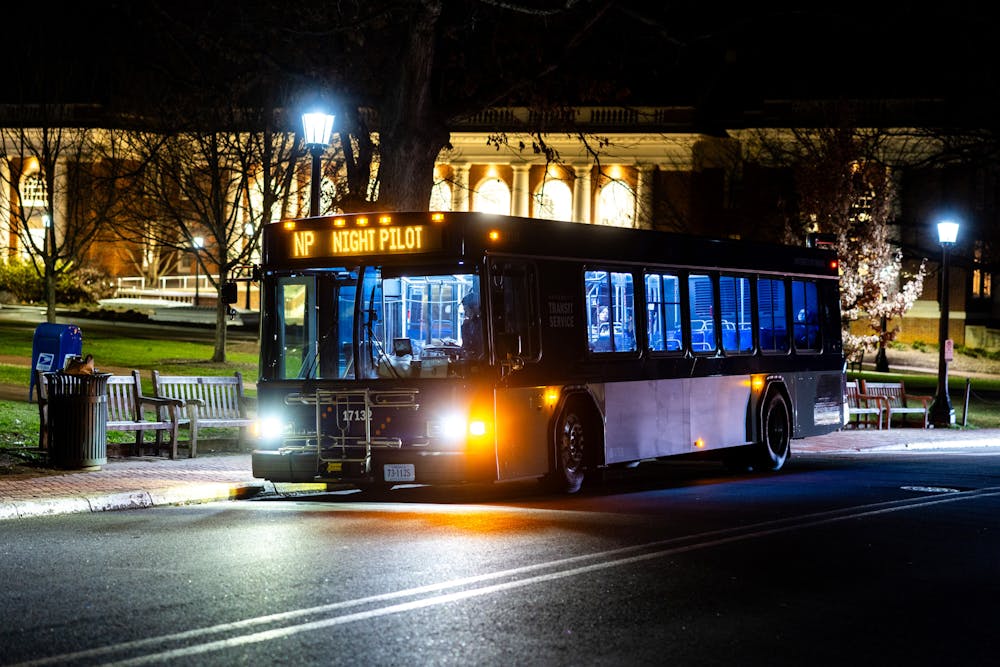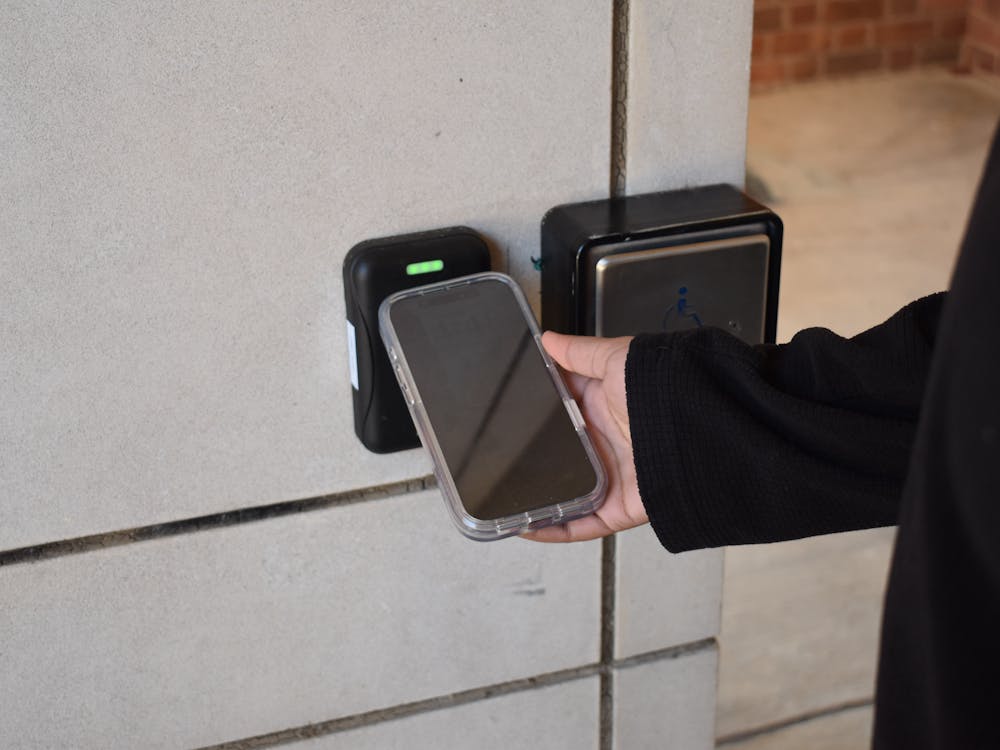Whether students are enjoying a night out on the Corner or wrapping up a late-night study session at Shannon Library, they often ask themselves the same question — how do I get home safely?
Their worries are not unfounded. Students often receive community alerts from Timothy Longo, chief of the University Police Department, about incidents that occur after dark, including the Oct. 1 attempted abduction of a University student last semester. While the University provides nighttime safety resources, including security personnel and on-demand rides, students still cite long nighttime commutes as a primary safety concern. To help alleviate these issues, some students have taken it upon themselves to try and expand late-night transportation options to areas currently excluded by University Transit Services.
For students who live far from central Grounds, walks to class can take up to 40 minutes. Some of these faraway residences include first-year Gooch-Dillard dorms, upperclassmen Copeley Apartments and Faulkner Apartments and off-Grounds housing on 14th Street and Jefferson Park Avenue. Third-year College student Carina Velocci said living in Faulkner during her second year felt unsafe and alienating.
“It was [far] from everything else,” Velocci said. “I felt that I was unsupervised and that nobody would really know if anything bad was going on.”
While the University is currently building on-Grounds upperclassmen housing closer to central Grounds, nearby housing options remain limited for students. Students face pressures to secure housing for the next year early in the fall, and they sometimes end up in apartments further away from the University’s network of supports, such as ambassadors and blue lights.
“It’s honestly not good for students to have to think about [housing] — we have a lot of other priorities. I feel like a safe living situation should be a given,” Velocci said.
While the housing construction is a relatively new project, the University Ambassadors public safety program has been in effect since 2015. Ambassadors dressed in neon-yellow jackets patrol high-traffic zones extending from the University to adjacent Charlottesville neighborhoods. They help individuals in distress, give directions and serve as walking escorts for students. Second-year Commerce student Diya Gupta, who lives near the Corner, said the ambassadors are a comforting and helpful resource.
“It's nice to see [the ambassadors], especially when I'm walking home from the library late at night or walking home alone at night,” Gupta said. “If there aren’t other students around, it’s reassuring that there's someone with a yellow jacket there.”
Still, according to fourth-year College student Sophia Jang, ambassadors are not always stationed in areas with high volumes of students, like sections of Jefferson Park Avenue. Jang said some students must remain cautious when walking home at night since ambassadors might not be present on their street.
“The ambassadors’ presence doesn't extend so far off Grounds where a lot of students are,” Jang said. “So, it's more about being vigilant wherever you are.”
In lieu of walking, many students rely on public transportation to commute to their dorms and apartments. UTS offers nighttime transportation services through TransLoc, an app that allows students to track the Night Pilot, a UTS bus that runs from 10 p.m. to 2 a.m., and order free rides from UTS OnDemand, a van-shuttle service offered from 10 p.m. to 5 a.m.
However, these nighttime transportation services are not always accessible, causing frustration for students. According to Sylvia Rahim, Student Council College Rep. and second-year College student, the Night Pilot does not have routes to some student residences, and the OnDemand shuttles often have long wait times. She emphasized the need for a Night Pilot leading to North Grounds, as the area is a bustling hive for sports and student housing.
“I think [a North Grounds bus line] would really help the overall student population. I know it's personally affected me as someone who lives in North Grounds, especially when it’s dark,” Rahim said.
To address these concerns, Rahim is working to implement a Night Pilot bus line leading to North Grounds. Rahim plans to discuss implementing this additional Night Pilot bus route with the Department of Parking and Transportation. She said she will also present legislation on the bus route to Student Council in hopes of solidifying her plan by the coming fall semester.
“It's important to focus on the safety of students so people feel safe walking around … and don’t have to watch their backs all the time,” Rahim said.
As students like Rahim work to ensure their peers on and off Grounds remain safe at night, they acknowledge a shared responsibility between themselves and the University to accomplish this goal. While the University provides safety resources, students must keep a proactive mindset and remain alert at night, Gupta said.
“Part of safety is being intentional about where you are and who you're with. If I know that I shouldn't be walking home alone at midnight then I should do my best to not do that,” Gupta said. “But I do feel safe at U.Va., and I think the resources that are in place are helpful among the student body.”







